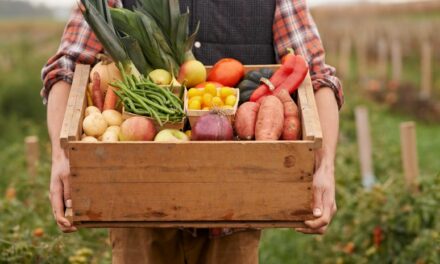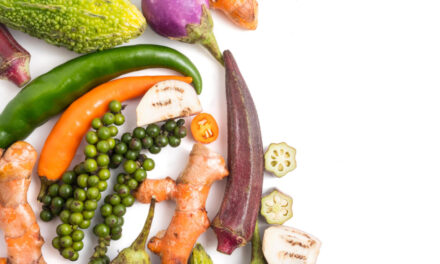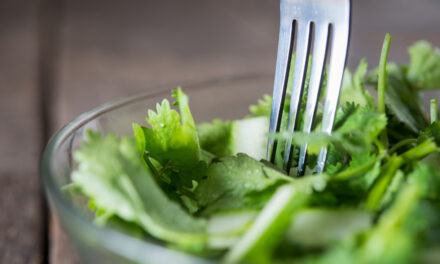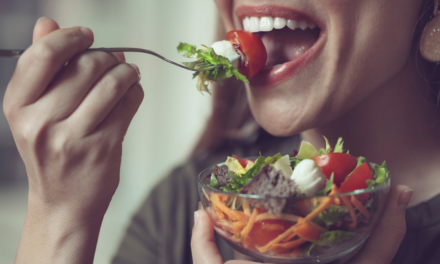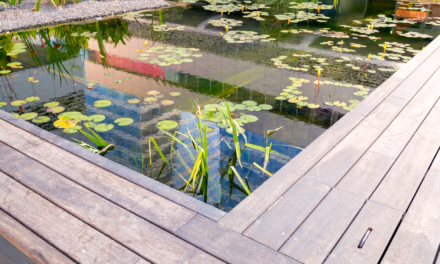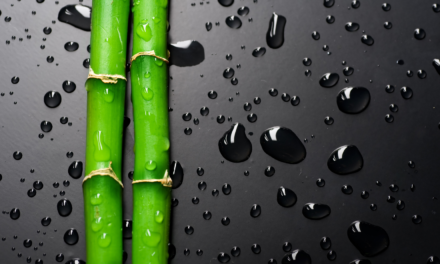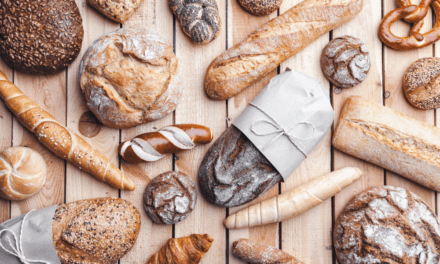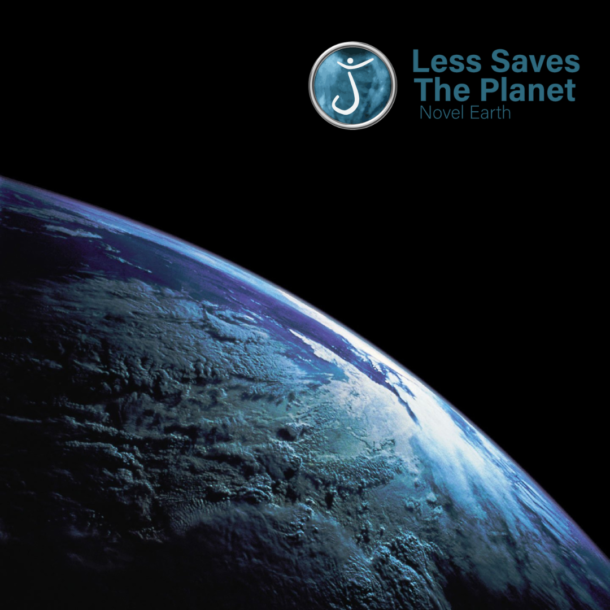
Which fish to choose?

In 2021, it is important to become consumers. This means focusing on products that are least harmful to the environment in our consumption.
For example, do you know the impact of the marine products you consume on the planet? The preservation of marine biodiversity is a key issue. Indeed, the oceans produce half of the available oxygen and absorb 26% of CO2 emissions! Learn how to guide your consumption of marine products so that it is respectful of the planet but also of your body.
Is my fish in stock?
In terms of consumption, overfished species, such as bluefin tuna or herring, should be avoided as much as possible. Species with satisfactory stock status such as sea bream or trout can be eaten without worry. Other species recompose their stocks, where the condition of the stock is unknown, so they must be consumed sparingly. This is the case with cod or Atlantic salmon.
But how do we know if a species is threatened or has been fished sustainably? Naturally, the general state of stocks is difficult to quantify because it is based on unknown wild resources. It is necessary,then, to play with his memory and remember the species fas soonas the subjectof overfishing. By avoiding these purchases, all that remains is to diversify your baskets with more abundant cash. The third chapter of Less Saves The Planet, available for free on the Internet, presents in the form of tables the species of seafood we can consume.
The method of fishing used for your fish is important.
Indeed, the deeper the fishery, the more damage it causes for marine biodiversity. Methods such as trawling or dredging involve habitat and ecosystem destruction due to nets or bags deployed in the seabed. Other methods are also problematic in terms of biodiversity because they lead to accidental catches: for example, the palangue fishery.
Finally, fishing techniques involving explosive or toxic substances such as dynamite or cyanide are considered to be prohibited.
When you have the choice between two fishing methods for the same species, it is best to focus on the most marine biodiversity-friendly method. For example, angling is consideredone of the most eco-friendly fishing methods.
Watch out for labels
We’ve listed quality labels Chapter 3 of Less Saves The Planet so you can direct your seafood consumption in. For example, Organic Agriculture but still MSC or Sustainable Fishing are reliable certifications. The certification criteria for fish concern not only the planet, but also nutrition and animal welfare. An organic fish is grown in an environmentally friendly manner and does not consume terrestrial animals or nutritional quality-altering substances such as GMOs, growth promoters or synthetic hormones.
Eating wild fish may seem more eco-friendly, but it should be noted that such a fish is not always healthy! It can have a high level of chemical pollution.
Less Saves The Planet believes that a change in favour of the planet is totally possible if we can make eco-responsible choices when we can.


